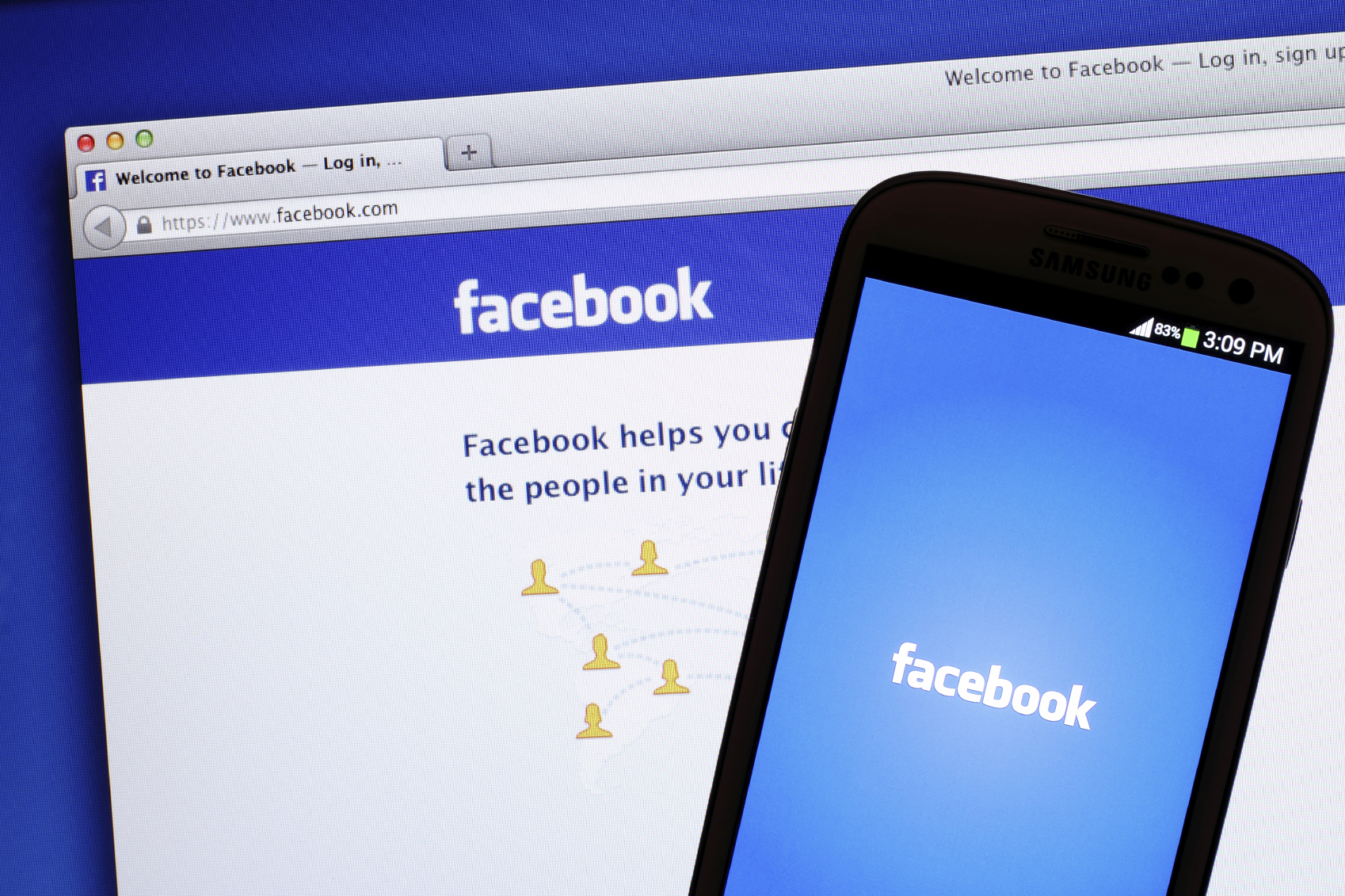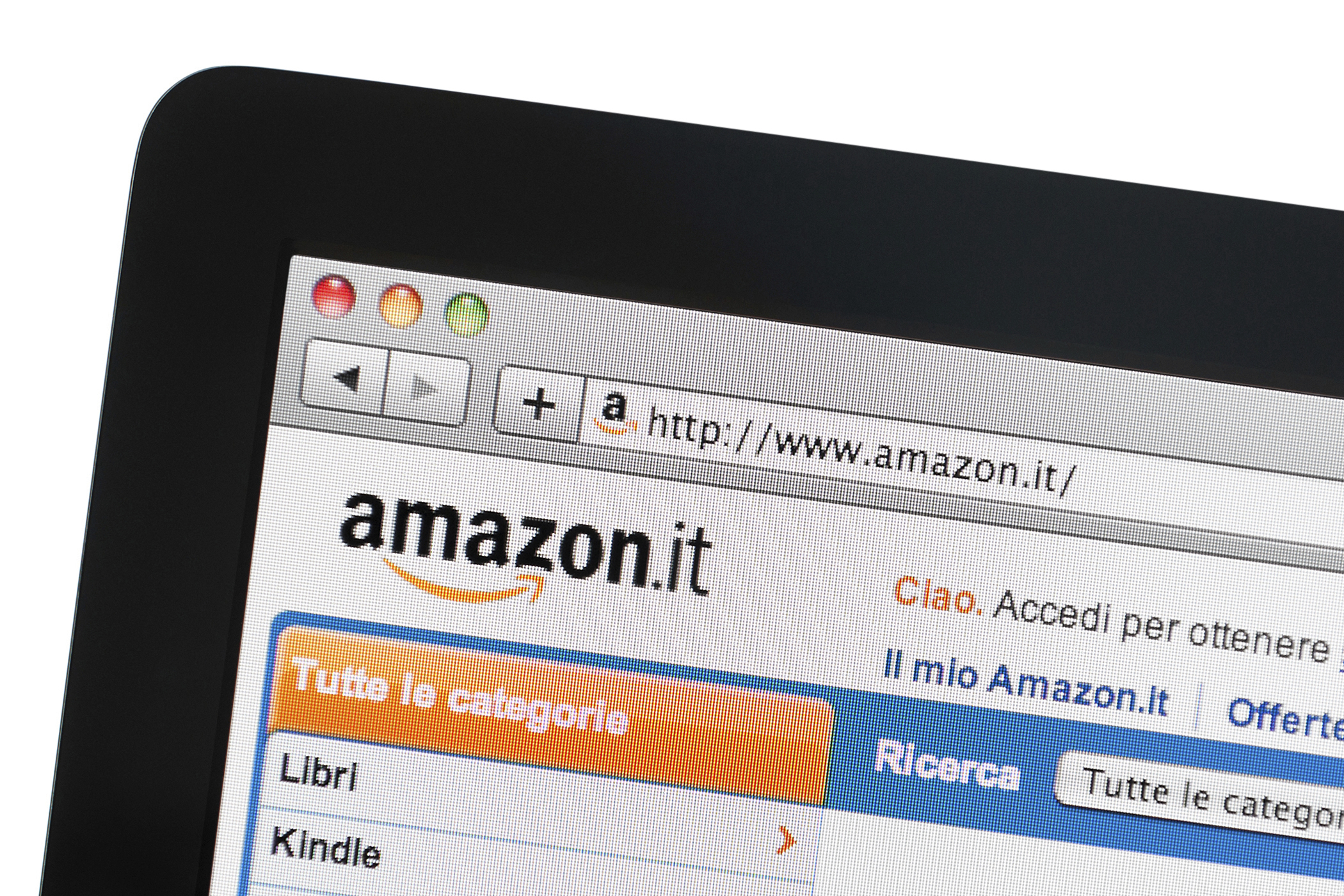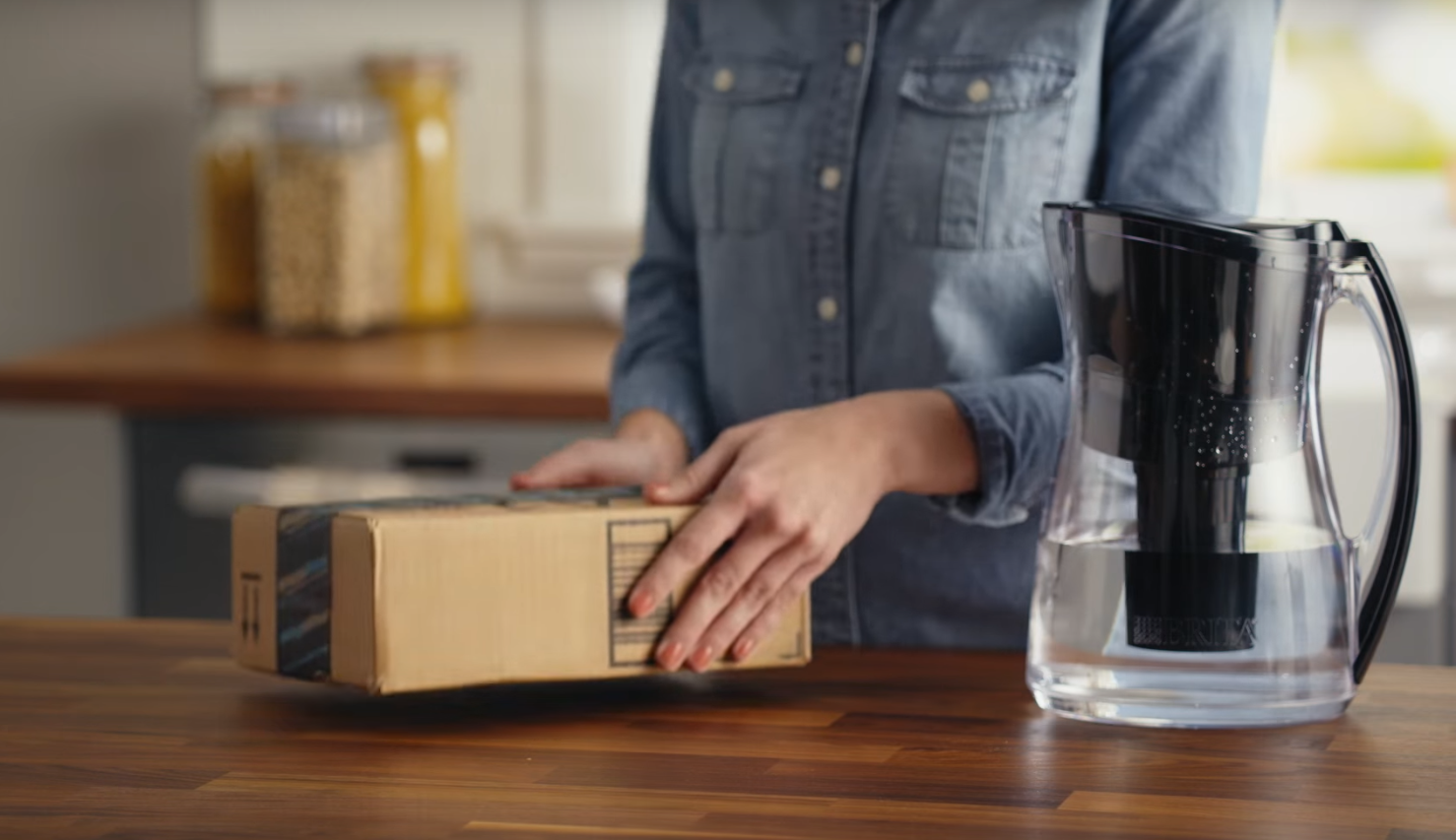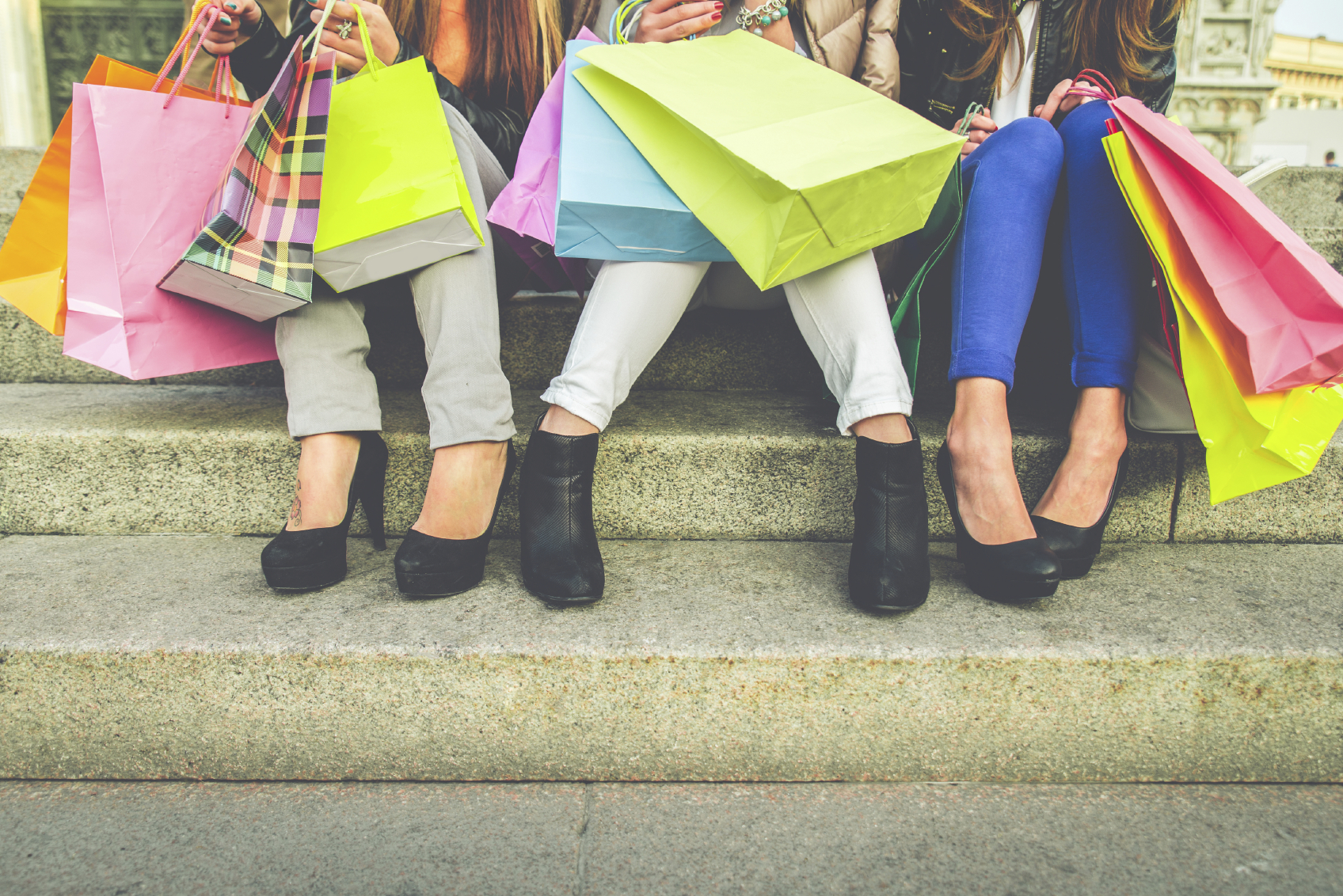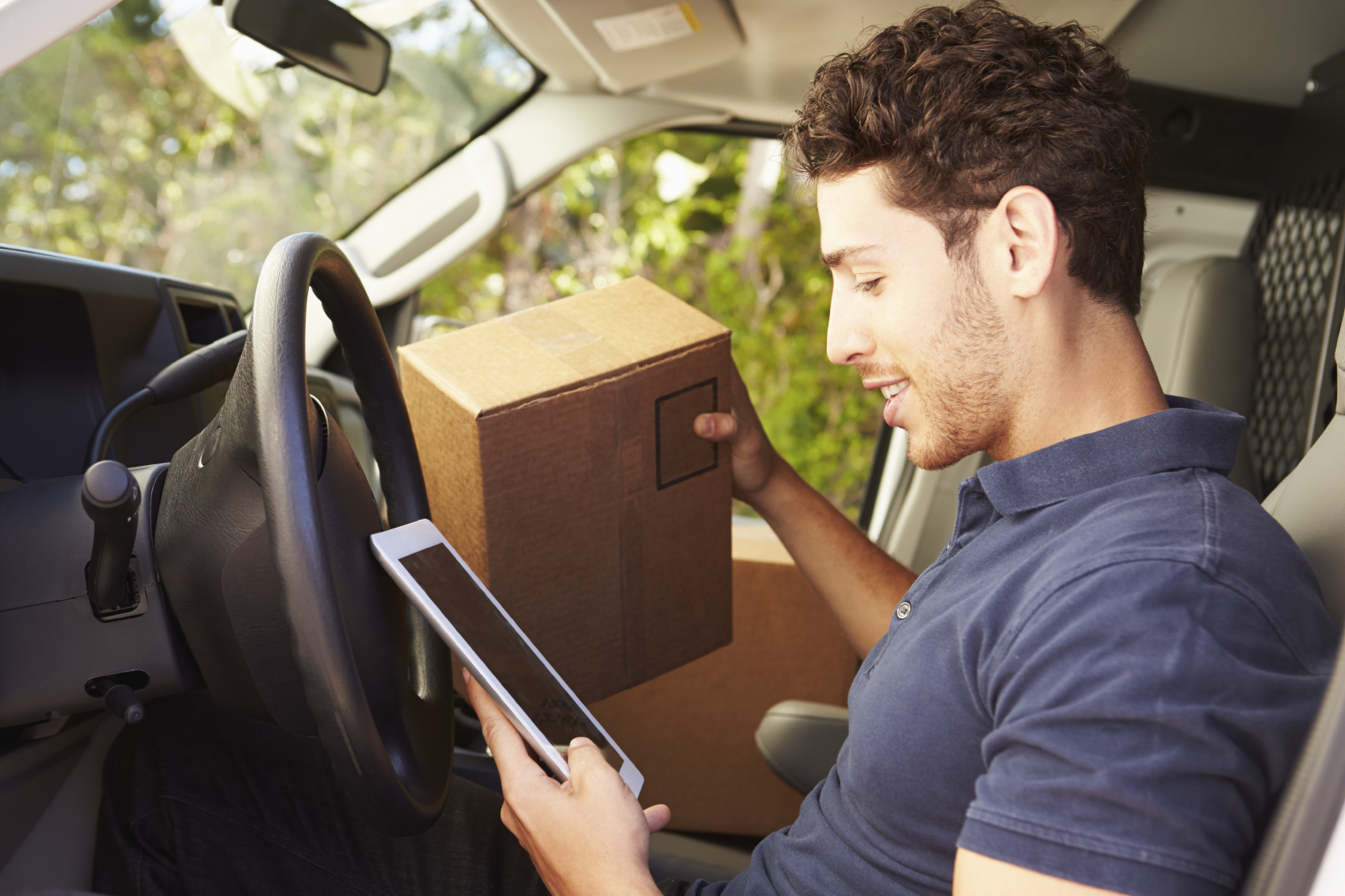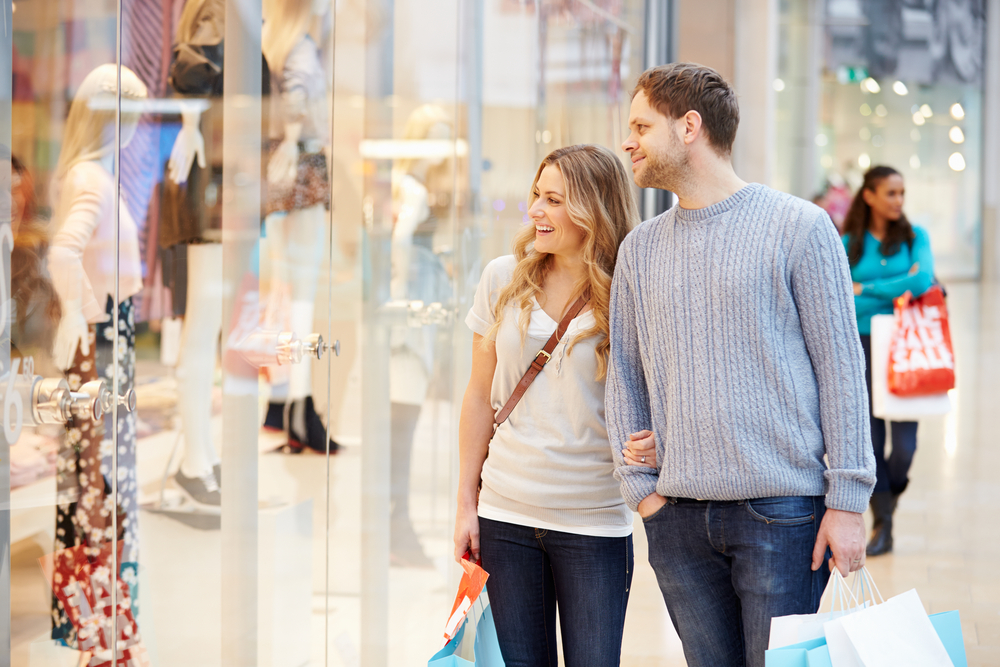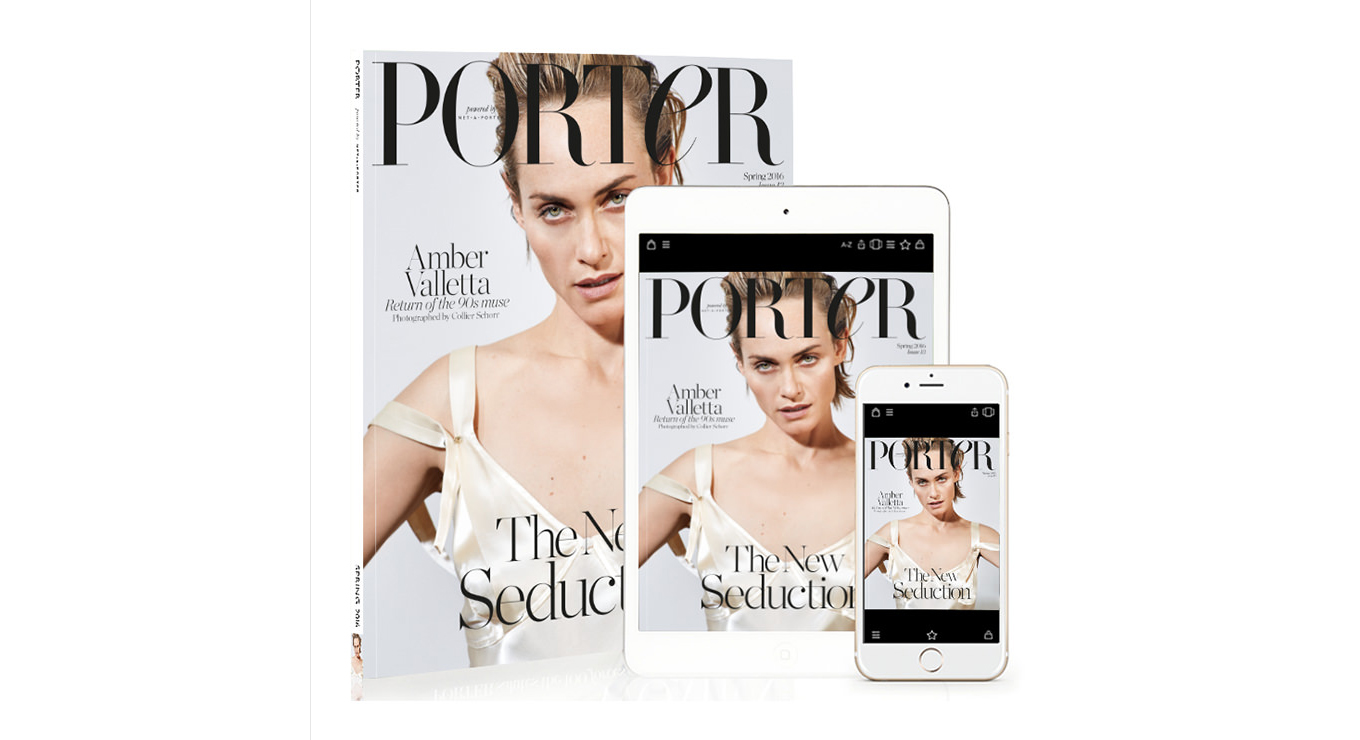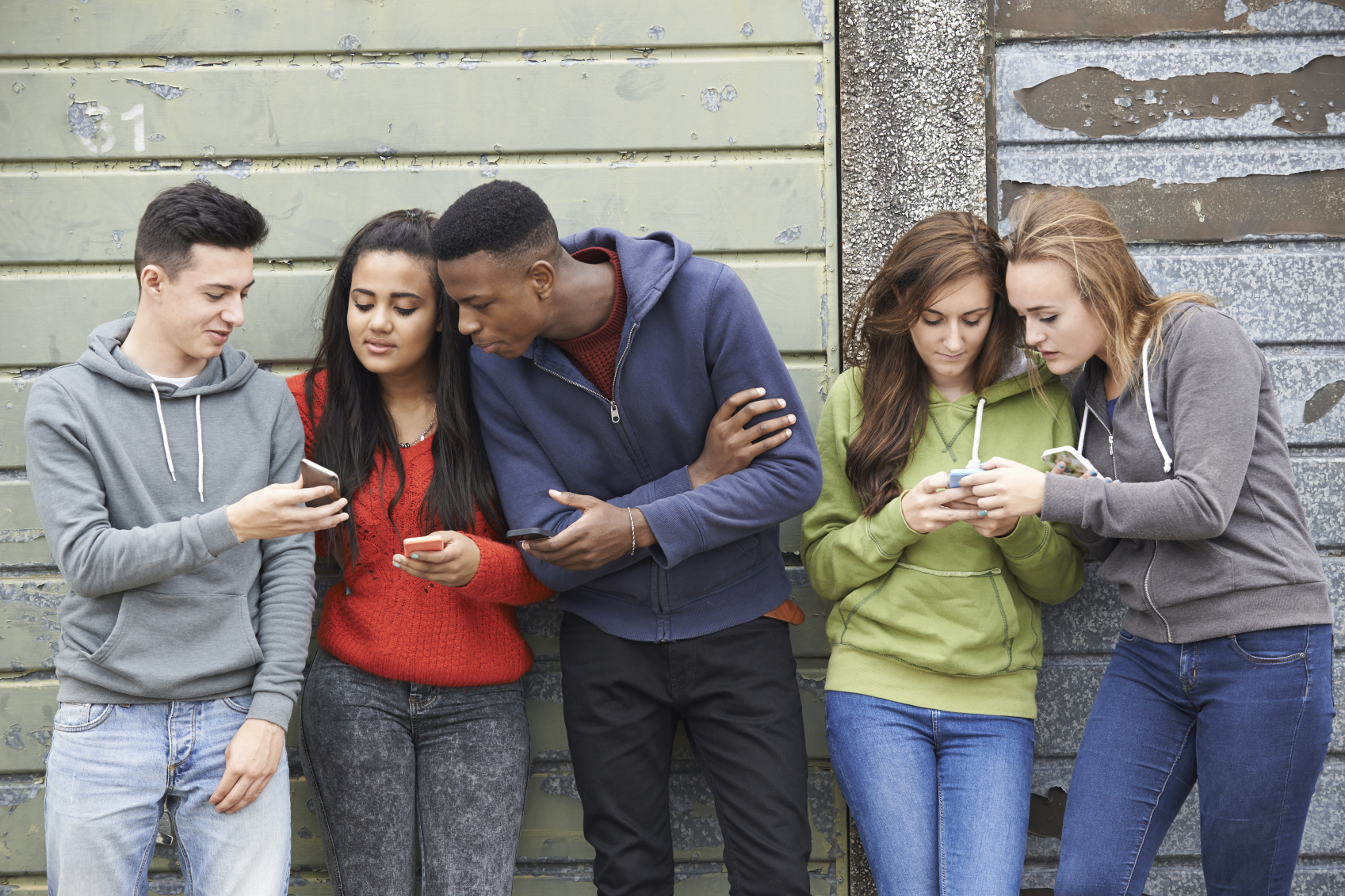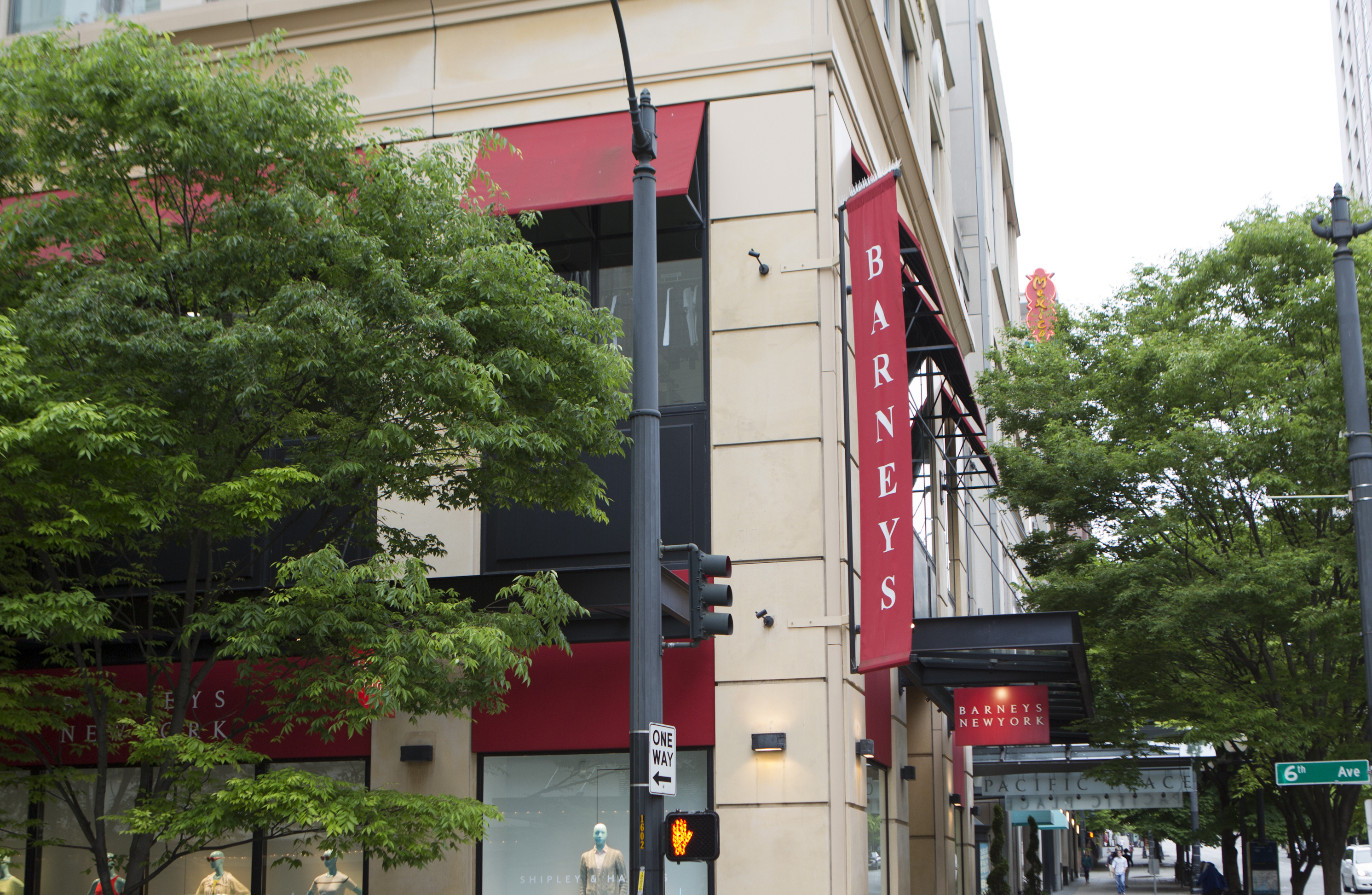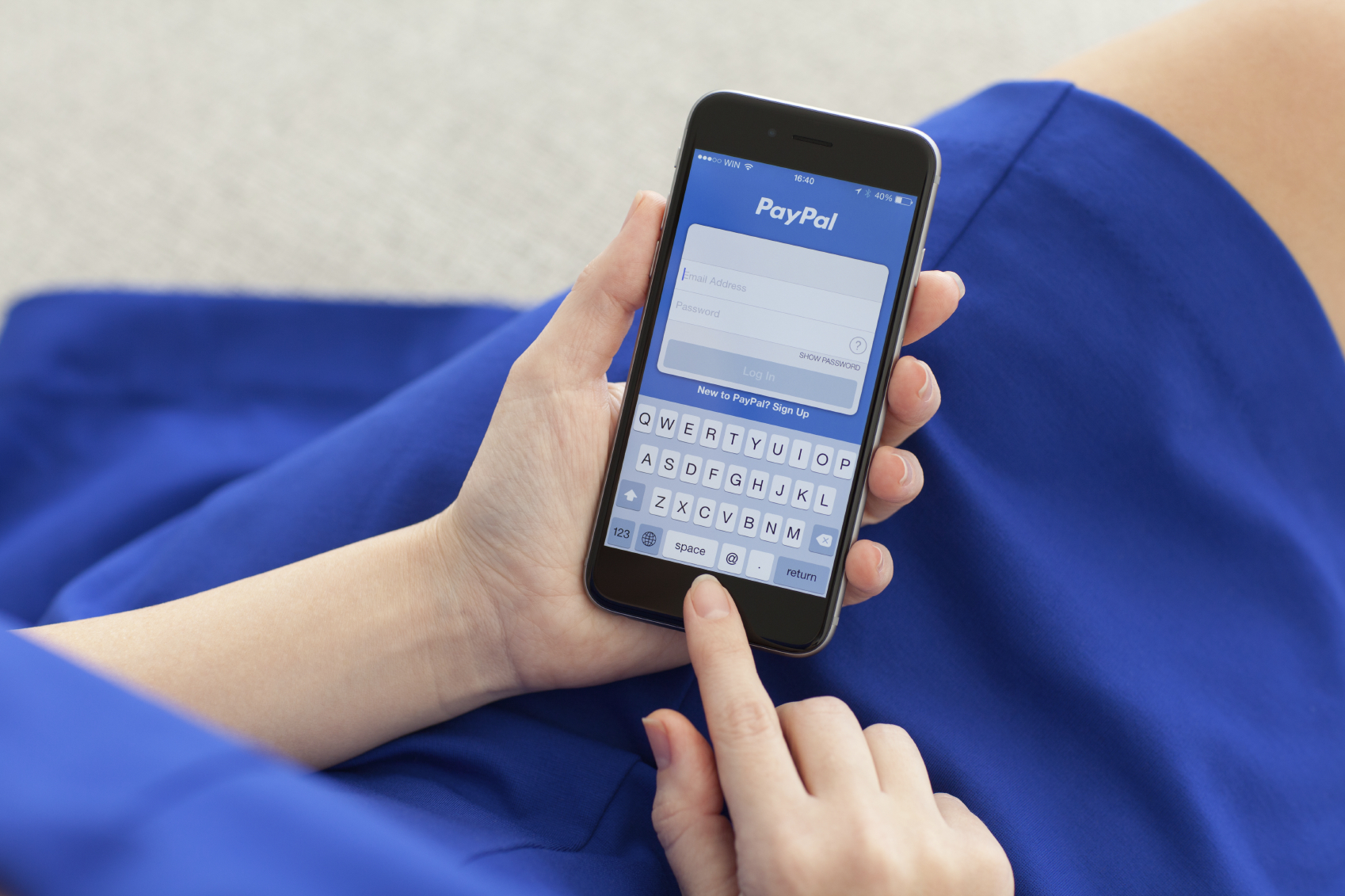What Happened
Facebook has added point-of-sale insights and other updates to its Atlas ad network to improve its ad measurement and help brands track if their digital ads are driving offline sales. One new feature called “Offline Actions” allows marketers to upload their own point-of-sale data and view it alongside their Atlas ad campaigns, while “Path to Conversion” aims to determine whether ads on desktop or mobile devices drove a digital sale. Atlas, the social network’s ad network that extends beyond Facebook’s own site and apps, will also begin offering video ads by the end of this month.
What Brands Need To Do
Similar to the offline attribution tracking tool that Foursquare introduced last month, the updated Atlas should give brand advertisers a better understanding of how their digital ads are doing, allowing them to adjust their campaigns according to how each channel is performing in terms of driving store visits and conversion rates.
For more information on how retailers can better utilize customer data to connect with shoppers throughout every step of the purchase journey, check out the Boundless Retail section in our Outlook 2016.
Source: AdWeek
